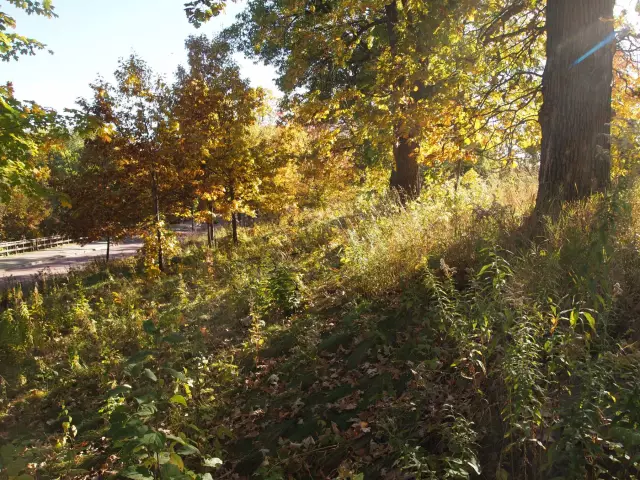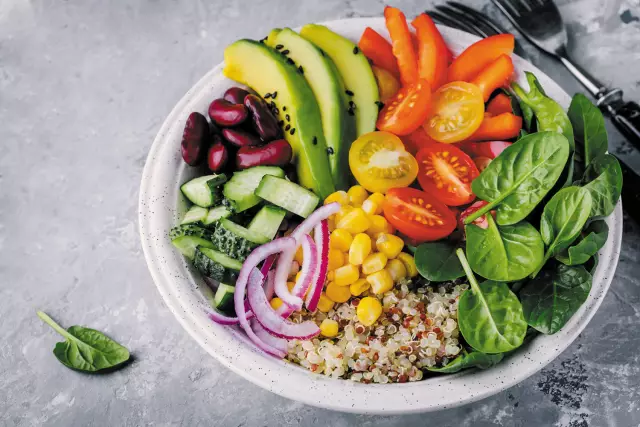- Author Rachel Wainwright [email protected].
- Public 2023-12-15 07:39.
- Last modified 2025-11-02 20:14.
7 healthy weeds
What are weeds? These are plants considered only suitable for compost pits and animal feeding. Meanwhile, many of the weeds growing literally underfoot are medicinal herbs that can provide invaluable benefits to human health. People have long been treated with their decoctions, tinctures, used in the form of compresses. Moreover, most of these herbs can be eaten like regular foods.
Consider 8 common and often overlooked plants that are extremely beneficial for our body.
Nettle
Nettle is rightfully considered the most valuable plant with an almost ideal (in terms of health benefits) composition. A few decades ago, young nettle leaves in salads, drinks, first courses could be found on every table.
Nettle is one of the undisputed leaders among vegetables and fruits in terms of vitamin C content (2 times more than in lemons), carotene, and some trace elements (iron, copper, chromium, manganese, etc.). The high content of organic acids (gallic, formic) makes nettle an effective remedy for strengthening the immune system. A decoction from this plant is recommended to be taken orally in order to increase the body's resistance to pathogenic microorganisms and parasites, as well as as a general tonic in the postoperative period. Nettle is indispensable in the treatment of gastrointestinal ailments, colds, gynecological diseases. The use of the plant in cosmetology is very effective: a decoction of nettle is famous for strengthening hair and getting rid of dandruff.
With caution, use nettle should be pregnant women, as well as people suffering from thrombophlebitis, vascular atherosclerosis, hypertension.
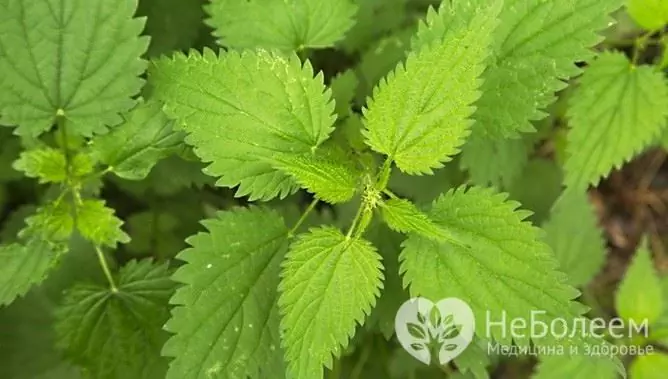
Source: depositphotos.com
Plantain
Another useful weed that is easy to find on the path near the house is plantain. The antiseptic property of the plant is widely known; for sure, everyone at least once applied it to the wound for quick healing. The plantain owes this action to the presence in its composition of S-methylmethionine, or vitamin U, - a substance that has a pronounced wound-healing effect. Thanks to vitamin U, the plant is also indispensable in the treatment of ulcers of the digestive tract (against a background of low acidity) - for this, 5-7 g of dry plantain are brewed in a glass of water and taken 3 times a day for 2-3 months.
Also noteworthy is the sedative (calming) property of plantain, which is considered a natural antidepressant. The plant regulates the metabolism of cholesterol, which is responsible for the production of the "hormone of joy" - serotonin, normalizes the mood and also neutralizes the toxins entering the body.
The use of plantain inside is contraindicated in people with hypersecretion of gastric juice (high acidity) and a tendency to form blood clots.
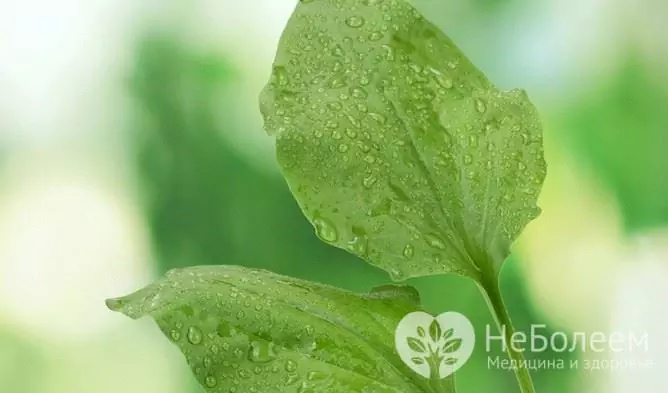
Source: depositphotos.com
Wheatgrass
In fact, this evergreen weed, the spread of which all gardeners in central Russia are fighting, is a medicinal plant that is capable of eliminating many ailments. It is no coincidence that animals choose it for regular cleansing of the stomach. Despite the nondescript appearance, wheatgrass is one of the most effective diaphoretic, diuretic, expectorant, anti-inflammatory, enveloping and even mild laxatives. A decoction from a dry plant (25 g per 200 ml of boiling water) is used internally for bronchitis, rheumatism, hemorrhoids, pyelonephritis, pulmonary tuberculosis, and baths from wheatgrass rhizomes are successfully treated for most skin diseases.
Like any plant, when ingested wheatgrass has contraindications: its broth should not be drunk with gastric ulcer, pancreatitis, diarrhea and hypotension.
Burdock
The healing properties of burdock are known: for a long time, salads were prepared from its wide leaves, and the roots were fried and used to prepare a drink that tastes like coffee. Today, burdock is grown in Japan as a vegetable crop; from these root crops, rich in nutrients, soups, side dishes, and flat cakes are prepared. It is believed that regular consumption of burdock in food is an excellent prevention of diseases of the gastrointestinal tract, diabetes mellitus, kidney stones, and helminthic invasions. The antitumor activity of the plant has also been experimentally proven: when consumed as food, it inhibits the reproduction of cancer cells.
Outwardly, burdock juice is widely used for burns, abrasions, cuts, inflammations, furunculosis and other skin diseases. The decoction of the plant is practically harmless, but it is not recommended to use it during pregnancy and breastfeeding.
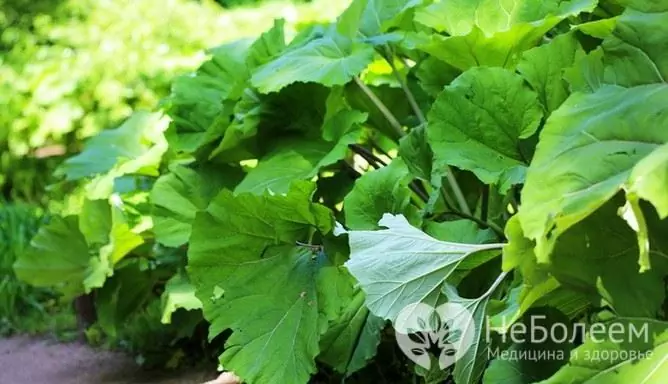
Source: depositphotos.com
Woodworm
Picking up woodlice - a branchy plant that prefers to grow in moist soil - we do not even suspect what valuable medicinal and vitamin raw materials we are getting rid of. Nature has endowed woodlice with a rich composition: for example, the content of vitamin C in it is 1.5 times higher than in lemons, and only 20 g of this herb contains the daily requirement of carotene, a substance responsible for many biological processes in the body.
Adding fresh woodlice to salads helps to cope with diseases of the thyroid gland, gastrointestinal tract, hypertension, chest pains, as well as loss of energy, scurvy and anemia. In addition, the plant is famous for its choleretic and antiseptic properties. Due to its hypoallergenic and harmless nature, woodlice can be used to treat young children.
However, people with hypotension should be aware of its ability to reduce blood pressure.
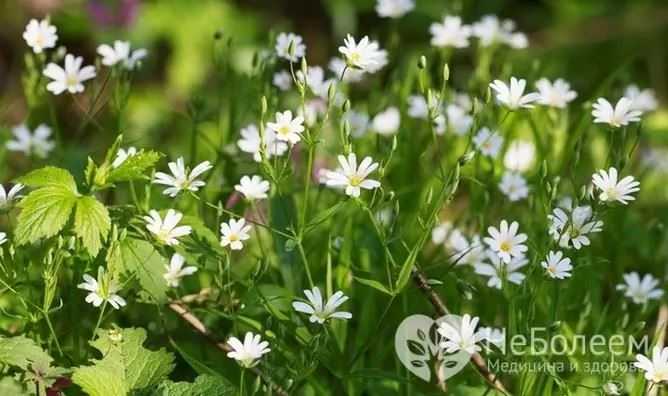
Source: depositphotos.com
Celandine
Celandine is a poisonous plant, mistakenly classified as a weed, which, if used skillfully, can cure many diseases. Its external use is most effective as a wound-healing, bactericidal, antifungal agent that helps cleanse the skin, for which baths with celandine, tincture and its pure milky juice are used. This unpretentious weed is an effective cure for diseases of the stomach, bones, joints, female genital organs and the nervous system. In addition, its anticarcinogenic properties have been scientifically proven. Consume celandine tincture inside with great care, starting with 3-5 drops a day and gradually (within 4 months) bringing their amount to 50.
It is important to know that exceeding the dosage can lead to irregular heart rhythms, convulsions and even death from cardiac arrest, therefore, a doctor should prescribe a medicine and monitor its use.
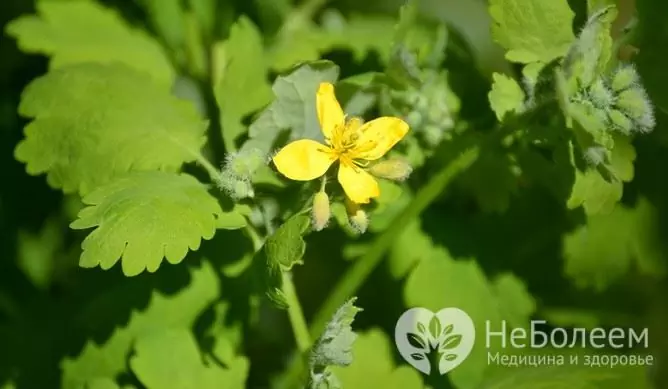
Source: depositphotos.com
Quinoa
Few people know today about the beneficial properties of quinoa - a “flour grass” that is mercilessly destroyed by all the gardeners of the country. However, even our ancestors noticed that this plant, rich in protein, is not much inferior in nutritional value to proteins of animal origin. It was from the quinoa that in lean and war years cakes were made that saved people from starvation. Fresh quinoa leaves can be used in salads, borscht, soups, side dishes, and also serve as a diuretic, expectorant, antibacterial and carminative, effectively cleansing the body of toxins. Poultices from the leaves of the plant are treated with gouty tumors, hemorrhoids, swelling of the joints.
It must be remembered that, despite its numerous beneficial properties, it is better not to abuse people with chronic ailments of the gastrointestinal tract, as well as urolithiasis or cholelithiasis.
YouTube video related to the article:

Maria Kulkes Medical journalist About the author
Education: First Moscow State Medical University named after I. M. Sechenov, specialty "General Medicine".
Found a mistake in the text? Select it and press Ctrl + Enter.

